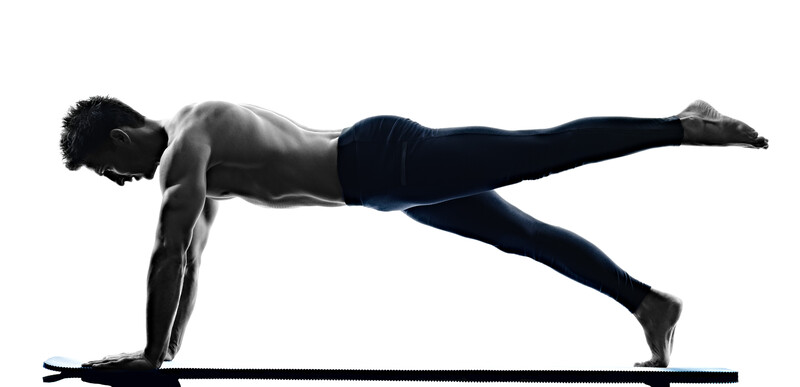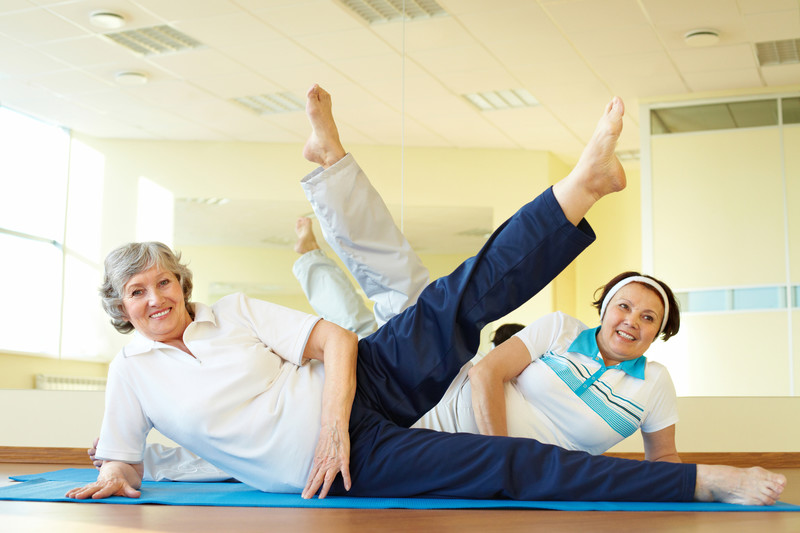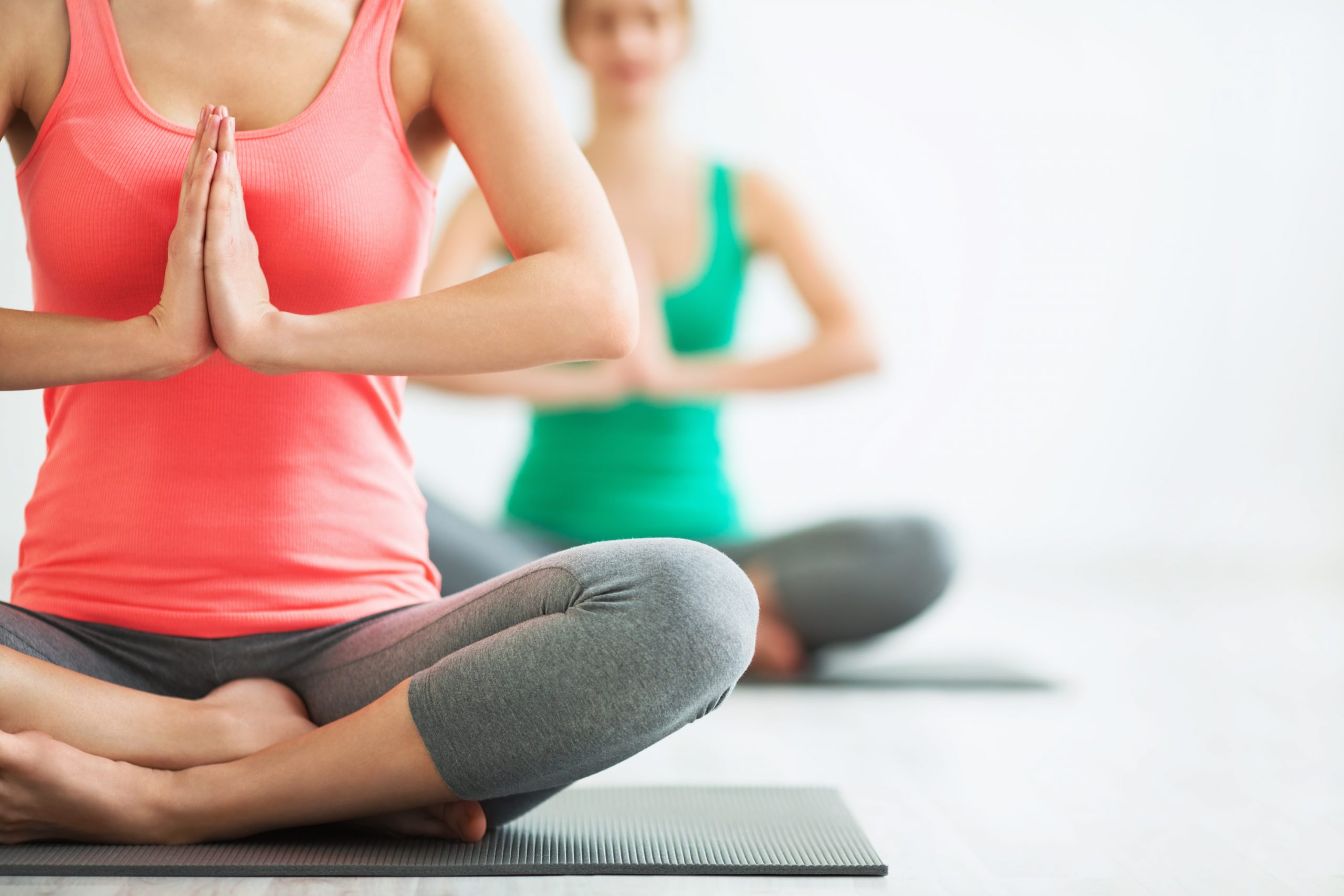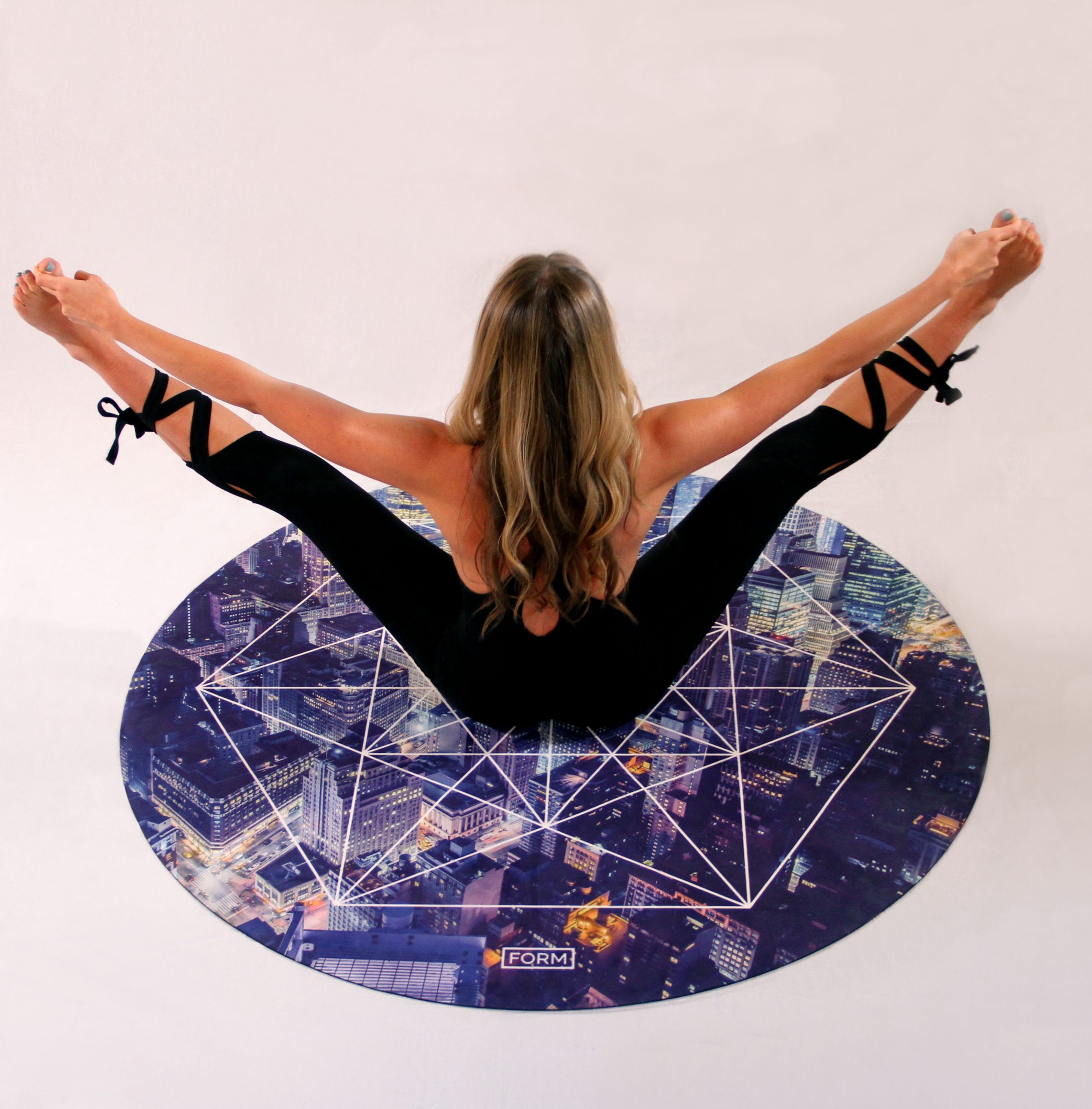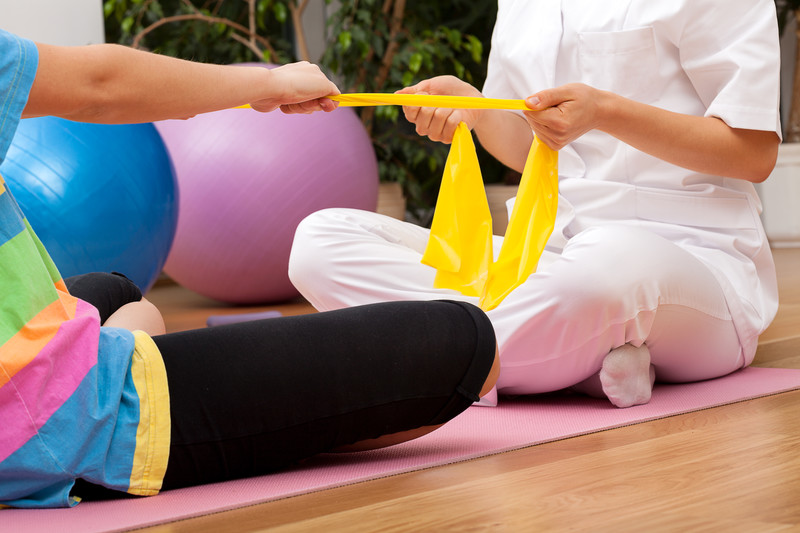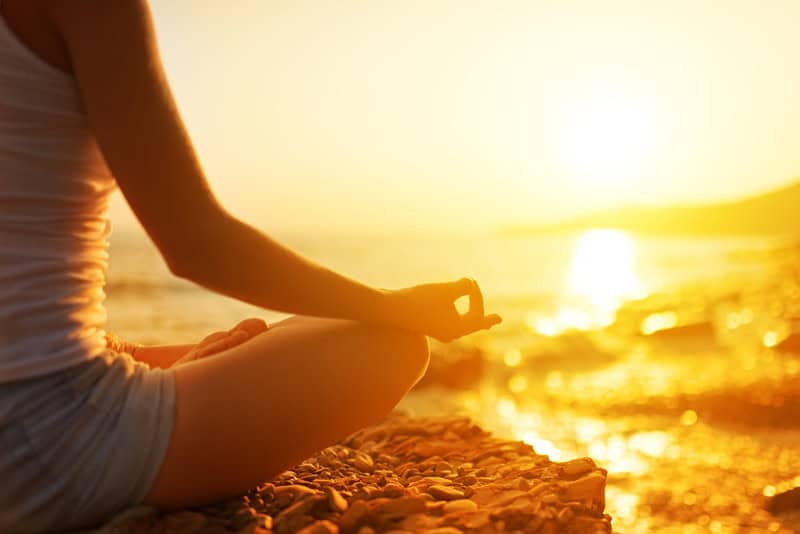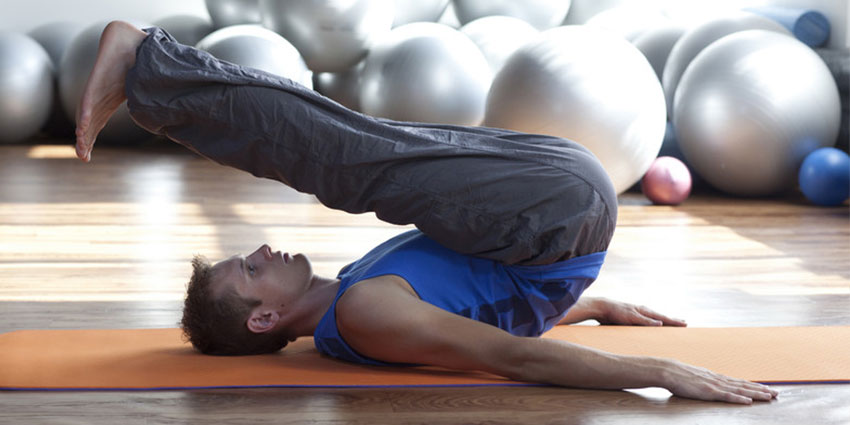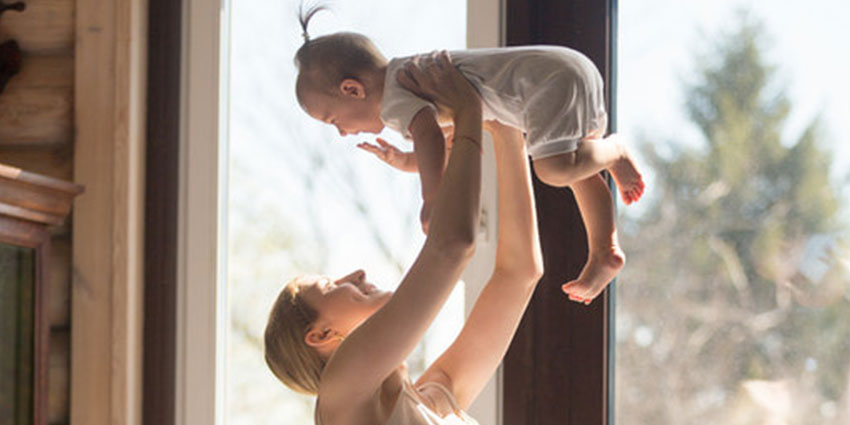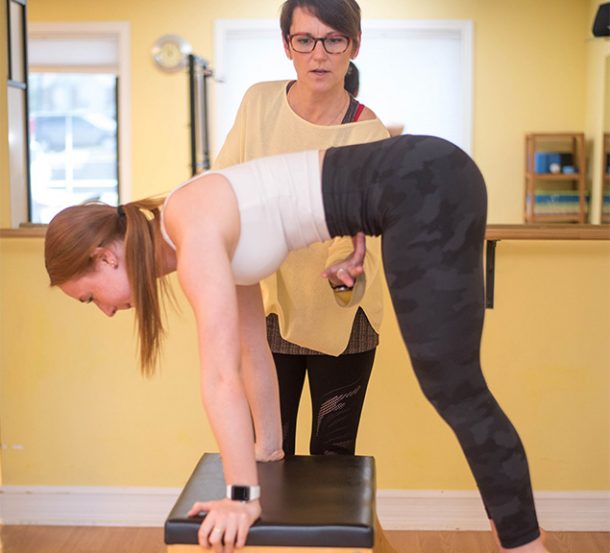Celebrating Pilates Day!
May 6, 2022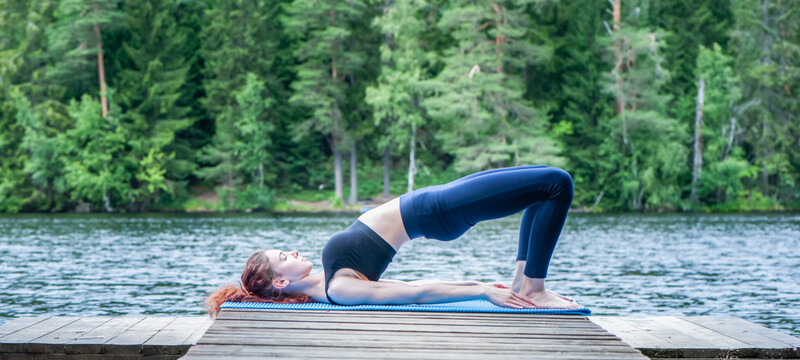
May 7th is Pilates Day! It’s a day where the whole Pilates world, across the globe, celebrate Pilates and the impact that it has on all of our lives. The goal is also to promote awareness of Pilates and the benefits that it can provide to anyone, from any walk of life. We want everyone to know how Pilates can make them feel: strong, empowered, energetic, and much more.
What is Pilates?
Pilates has a storied history and began as a program to help veterans, but it has morphed since its beginnings. Today, Pilates is a low impact non-aerobic exercise program that focuses on building strength core strength for any member of the population. Your core muscles are essential to balance, strength, flexibility, and overall health. In our world, where people are tied to desks and always looking at screens, core muscles often go neglected. Pilates can fix that.
Pilates is a particularly useful exercise program because it scales. You can start out with Pilates even if you are a complete beginner to this kind of exercise. Over time as you gain control, strength, and flexibility, you can continue to challenge yourself with new poses and exercises. You can also expect to see benefits in your arms and legs, your overall energy levels, and your range of motion, when you regularly practice Pilates.
Pilates is often compared to yoga, as both can focus on the core. You can certainly bring the mindfulness techniques of yoga with you to Pilates, but you’ll also get a more intense core workout. Plus, with Pilates you can use equipment to further challenge yourself or help you target specific areas.
The Benefits of Pilates
There are many potential benefits of Pilates, including:
- Improved posture
- Improved flexibility
- Improved balance
- Improved range of motion
- Injury prevention
- Increased body awareness
- Increased energy levels
- Decreased stress
Pilates can also reduce pain, depending on the cause of that pain and where you’re experiencing it. For example, Pilates has been known to reduce back pain, as well as alleviate menstrual cramps.
The benefits of Pilates don’t stop there – the exercise is known to have many other positive effects. For example, reduced pain and increased flexibility and bodily awareness can in many cases lead to a healthier sex life. More energy and reduced stress can improve your motivation across the board. Overall, practicing Pilates can have a significant and wide-ranging impact on your life.
Celebrate Pilates Day Yourself
Newcomers and long-time lovers of Pilates can both celebrate Pilates Day with us by signing up for a class. Or consider these personal challenges you might take on to enjoy Pilates Day:
- Journal about what Pilates has meant to you and how it has changed your personal journey.
- Challenge yourself to try a new Pilates exercise or perform one longer than you might normally.
- Invite close friends or families to join you in some Pilates movements.
- Share parts of your Pilates journey online over social media.
- Practice Pilates in a new place, like a riverside, meadow, or other natural place.
If you want to get in on a class, you can sign up for one with ABsolute Pilates. Contact us today!
